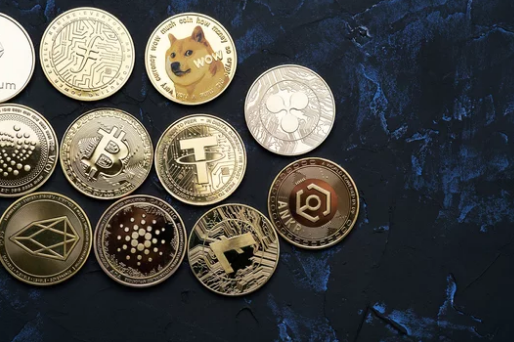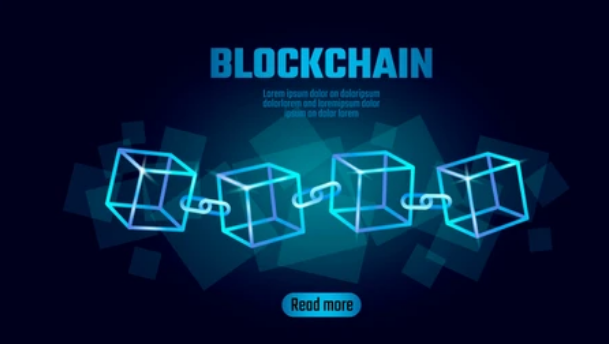The rise of Ethereum and other blockchain platforms has revolutionized decentralized applications (dApps), finance, and digital assets. However, as adoption skyrockets, network congestion, slow transaction speeds, and high fees have become significant challenges. This is where Layer 2 solutions come in.
Layer 2 technologies aim to scale blockchains by processing transactions off the main chain while maintaining the security and decentralization of Layer 1. They are crucial for making Ethereum and other networks faster, cheaper, and more accessible to users and developers alike.
Let’s dive into what Layer 2 solutions are, how they work, and why they are shaping the future of blockchain.
What Are Layer 2 Solutions?
In blockchain terminology:
- Layer 1 refers to the base blockchain itself (e.g., Ethereum, Bitcoin).
- Layer 2 refers to protocols built on top of the main blockchain to improve performance and scalability.
Layer 2 solutions handle most of the transactional load off-chain and then periodically settle the results back on the main blockchain. This reduces congestion, lowers fees, and increases transaction throughput.
Why Ethereum Needs Layer 2
Ethereum’s popularity has outpaced its original design. Some challenges include:
- High Gas Fees – During peak periods, transaction costs can spike, making small transfers and microtransactions impractical.
- Slow Transaction Speed – Ethereum can process roughly 15 transactions per second (TPS), which is insufficient for global-scale dApps.
- Network Congestion – Popular NFT drops, DeFi trades, and gaming applications often create bottlenecks.
Layer 2 solutions are essential for scaling Ethereum without compromising security or decentralization.
Types of Layer 2 Solutions
Several Layer 2 technologies have emerged, each with different approaches:
1. Rollups
Rollups bundle multiple transactions into a single batch and post the data on Ethereum. There are two main types:
- Optimistic Rollups – Assume transactions are valid by default but allow disputes through fraud proofs.
- Zero-Knowledge (ZK) Rollups – Use cryptographic proofs to instantly verify transaction correctness.
2. State Channels
State channels allow users to transact off-chain and only record the final state on the main blockchain. Example: Raiden Network on Ethereum.
3. Sidechains
Independent blockchains running parallel to Ethereum, with their own consensus mechanism, but periodically connected to Ethereum for security. Example: Polygon (Matic).
4. Plasma
A framework for creating child blockchains that offload transactions from the main Ethereum chain, periodically settling on Layer 1.
Benefits of Layer 2 Solutions
Layer 2 technologies offer multiple advantages:
- Lower Fees – By moving transactions off-chain, Layer 2 reduces gas costs significantly.
- Faster Transactions – Higher throughput enables instant transfers and scalable dApps.
- Enhanced User Experience – Lower costs and quicker confirmations make blockchain applications practical for everyday users.
- Preserved Security – Transactions eventually settle on Ethereum, maintaining the main chain’s security guarantees.
- Scalable DeFi and NFTs – Layer 2 allows complex DeFi protocols and NFT marketplaces to operate efficiently.
Popular Layer 2 Platforms
Several projects have emerged as leaders in Layer 2 scaling:
- Polygon (Matic) – A multi-chain Layer 2 platform for faster and cheaper Ethereum transactions.
- Arbitrum – An Optimistic Rollup solution known for high throughput and Ethereum compatibility.
- Optimism – Focused on reducing Ethereum transaction costs while maintaining security.
- Loopring – A ZK Rollup designed for fast, low-cost decentralized exchanges (DEXs).
- zkSync – A ZK Rollup offering instant settlements and secure off-chain scaling.
Layer 2 Beyond Ethereum
While Ethereum dominates the Layer 2 conversation, other blockchains are adopting similar approaches:
- Bitcoin – The Lightning Network enables faster, cheaper payments by processing transactions off-chain.
- Binance Smart Chain (BSC) – Uses sidechains and layer enhancements to improve speed and cost.
- Solana and Avalanche – Built for high throughput, but Layer 2 solutions are emerging to handle even greater scaling needs.
Layer 2 solutions are becoming a general blockchain scaling strategy, not just an Ethereum-specific solution.
Challenges Facing Layer 2 Solutions
Despite their promise, Layer 2 solutions face hurdles:
- Complexity – Developers must design applications to interact seamlessly between Layer 1 and Layer 2.
- Security Trade-offs – Some Layer 2 approaches, especially sidechains, have different security assumptions than Ethereum.
- User Adoption – Users must understand how to move assets between layers safely.
- Interoperability – Multiple Layer 2 networks can fragment liquidity and ecosystem activity.
The Future of Layer 2 and Blockchain Scalability
Layer 2 solutions are a critical piece of the blockchain scaling puzzle. With Ethereum moving toward Ethereum 2.0 and proof-of-stake, Layer 2 will continue to enhance performance, reduce costs, and enable mainstream adoption.
The combination of Layer 1 upgrades and Layer 2 solutions will likely:
- Support mass adoption of DeFi, NFTs, and gaming dApps.
- Make microtransactions practical for global users.
- Improve cross-chain interoperability, connecting different blockchains seamlessly.
- Allow developers to create complex, real-time applications without worrying about congestion or fees.
Conclusion: Scaling Ethereum and Beyond
Layer 2 solutions are not just a temporary fix—they represent a strategic evolution in blockchain technology. By enabling faster, cheaper, and more scalable transactions, Layer 2 is critical to the growth of Ethereum and other blockchain networks.
As adoption of DeFi, NFTs, and dApps grows, Layer 2 solutions will ensure that blockchains can handle global demand while maintaining security and decentralization. In short, Layer 2 is the key to unlocking blockchain’s full potential.





